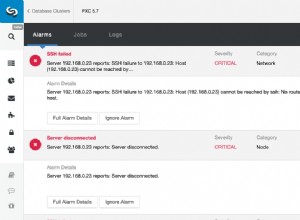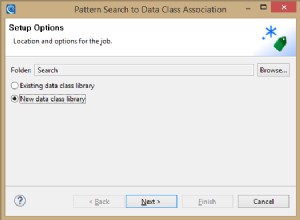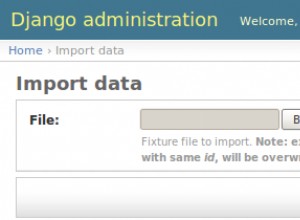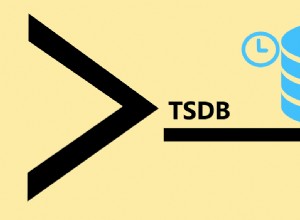Puoi fare tutto in uno Comando SQL che utilizza CTE.
Supponendo che Postgres 9,6 e questo classico schema molti-a-molti (poiché non lo hai fornito):
CREATE TABLE questions (
question_id serial PRIMARY KEY
, title text NOT NULL
, body text
, userid int
, categoryid int
);
CREATE TABLE tags (
tag_id serial PRIMARY KEY
, tag text NOT NULL UNIQUE);
CREATE TABLE questiontags (
question_id int REFERENCES questions
, tag_id int REFERENCES tags
, PRIMARY KEY(question_id, tag_id)
);
Per inserire un singolo domanda con una matrice di tag :
WITH input_data(body, userid, title, categoryid, tags) AS (
VALUES (:title, :body, :userid, :tags)
)
, input_tags AS ( -- fold duplicates
SELECT DISTINCT tag
FROM input_data, unnest(tags::text[]) tag
)
, q AS ( -- insert question
INSERT INTO questions
(body, userid, title, categoryid)
SELECT body, userid, title, categoryid
FROM input_data
RETURNING question_id
)
, t AS ( -- insert tags
INSERT INTO tags (tag)
TABLE input_tags -- short for: SELECT * FROM input_tags
ON CONFLICT (tag) DO NOTHING -- only new tags
RETURNING tag_id
)
INSERT INTO questiontags (question_id, tag_id)
SELECT q.question_id, t.tag_id
FROM q, (
SELECT tag_id
FROM t -- newly inserted
UNION ALL
SELECT tag_id
FROM input_tags JOIN tags USING (tag) -- pre-existing
) t;
dbfiddle qui
Questo crea al volo tutti i tag che non esistono ancora.
La rappresentazione testuale di un array Postgres si presenta così:{tag1, tag2, tag3} .
Se è garantito che l'array di input abbia tag distinti, puoi rimuovere DISTINCT dal CTE input_tags .
Spiegazione dettagliata :
- Inserisci i dati in 3 tabelle alla volta utilizzando Postgres
- Come utilizzare RETURNING con ON CONFLICT in PostgreSQL?
- Come implementare una relazione molti-a-molti in PostgreSQL?
- Impossibile INSERT:ERRORE:il valore dell'array deve iniziare con "{" o informazioni sulla dimensione
Se hai scritture simultanee potresti dover fare di più. Considera in particolare il secondo collegamento.




